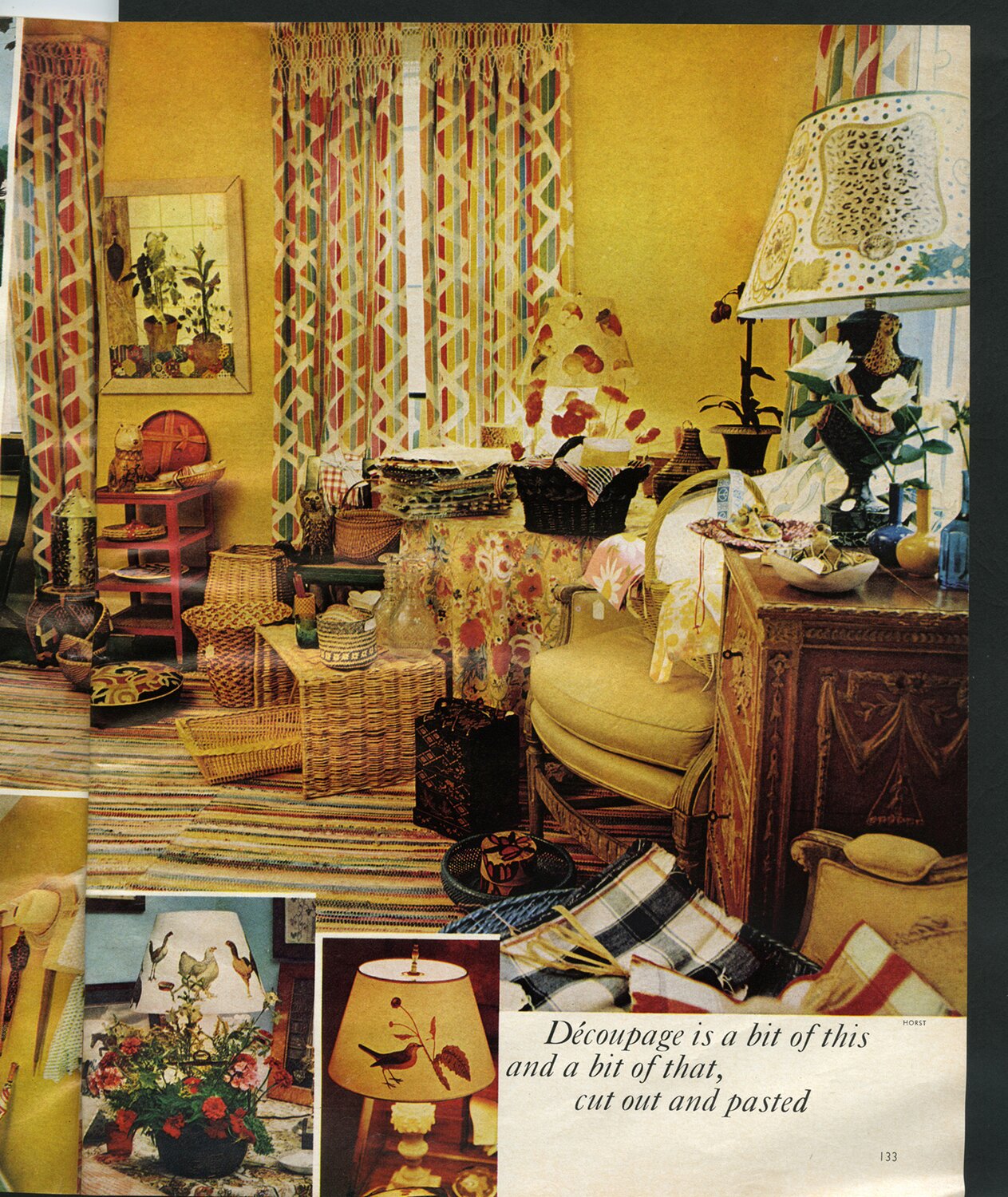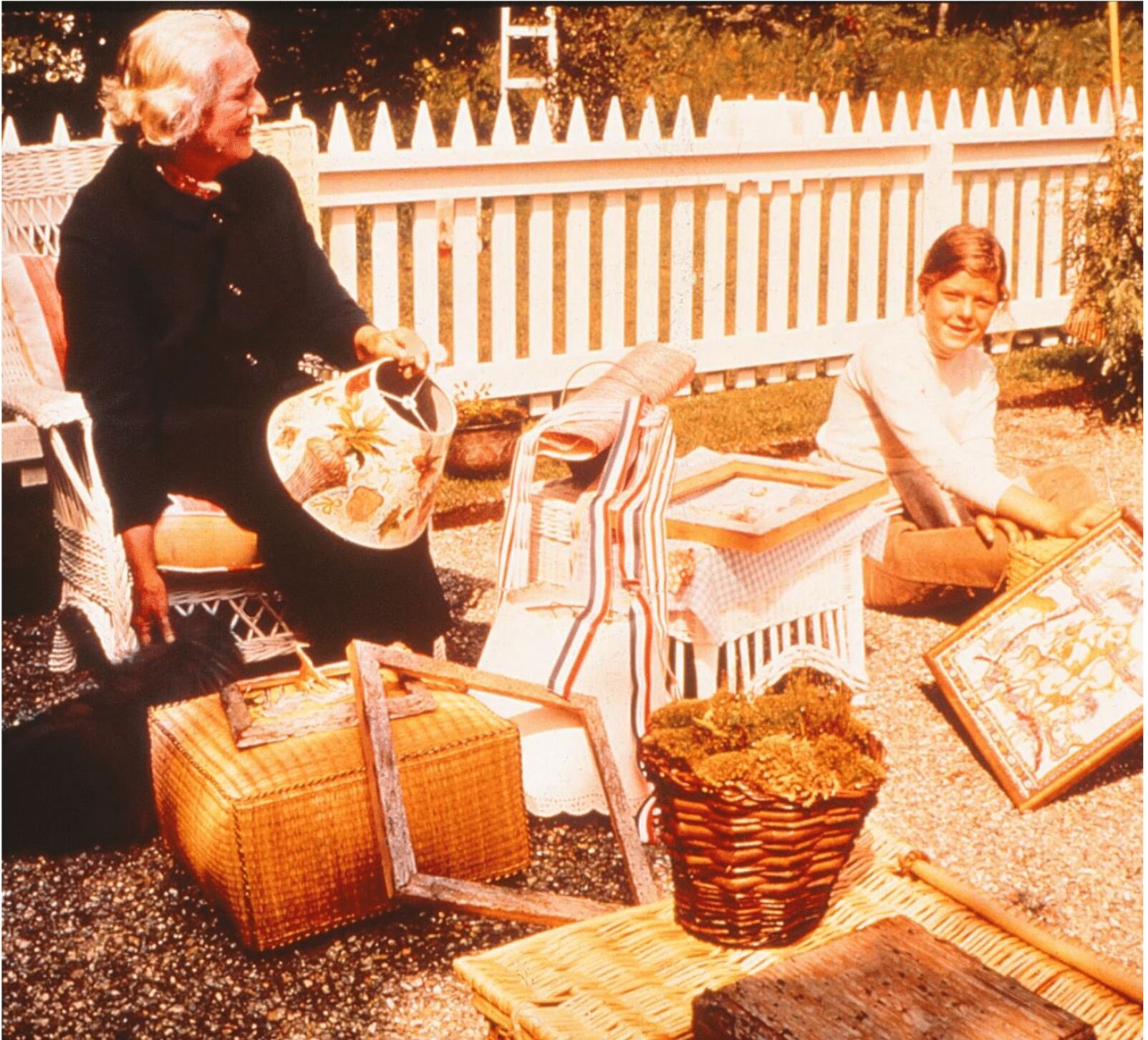All About Decoupage

Derived from the French word “decouper,” meaning “to cut out,” decoupage has been a mainstay for artisans and artists alike for centuries. At its core, decoupage is decorative .It can be about storytelling if a particular theme or period is evoked, but generally it's a bit like trompe l'oeil and involves a trick of the eye where images appear painted, but they are not. I include collage in the mix although it is very different. The Swiss version Scherenschnitte is an elaborate form of paper cutting that has transcended from craft to art form. Decoupage has any number of iterations from the extravagant swiss paper cutting to my grandmother's version - practically using Audubon prints, which she then glued on lamp shades. It must be noted that not all papers are created equal. The weight, texture, and originality of the print can dramatically alter the finished version. I know a thing or two about this art form (and it should be characterized as such) because my family has been at it for four generations. A word to the wise - steer away from "crafty " versions using magazine cut outs and shiny flimsy paper!

House and Garden Magazine
The beauty of decoupage lies in its inherent freedom and how virtually anything can be used as a print to glue or an object to glue on. To be REALLY good at it you have to be an inveterate collector like my mother Apple Bartlett or the master John Derien, who happen to be good friends, but that's another story. They will both happily bring home something that catches their eye from the street - from a bird's nest to old boards to who knows what. They have an eye for the unusual, and it's the fabulously unexpected thing that makes their decoupage so extraordinary. Vintage wallpaper, intricate lace designs, postcards, old calendars are all great to use. The key is to be uninhibited and use your imagination in choosing, colors, prints, and textures.

Sister and Susan
The Techniques: A Step-by-Step Guide:
#1 - Preparation
Choose a clean, smooth surface to work on. Sanding surfaces if you are working on wood will create a good base for prints to adhere to. Clean with a damp cloth to remove any dust. You can also work with a clear glass plate and decoupage from the back in reverse.
#2 - Select Your Prints
Cut your prints carefully with small scissors that allow for some precision. The key here again is to use your imagination in what you choose to glue.
#3 - Application
Use a decoupage glue like Mod Podge, to adhere your paper to the object. Apply a thin layer to the back of the print and gently position it on the object. Once positioned, smush it down with your fingers and make sure all of the glue is pushed out. A foam brush for the glue, damp cloth to absorb extra glue and acrylic paint for decorative detail will finish it off. And, voila, you are now a decouper.
Cheers, Susan

